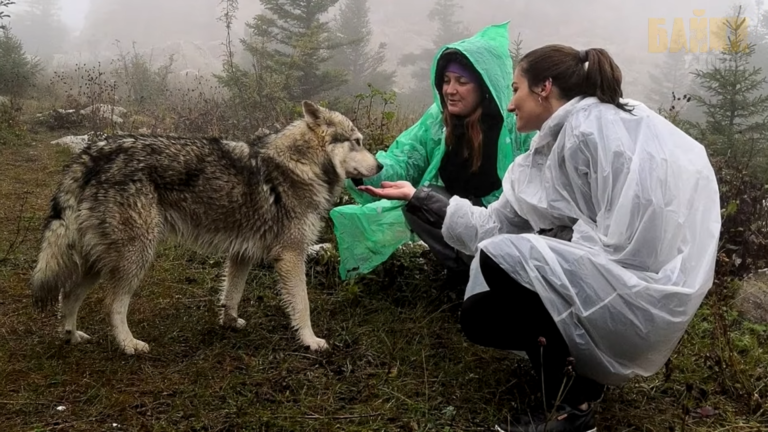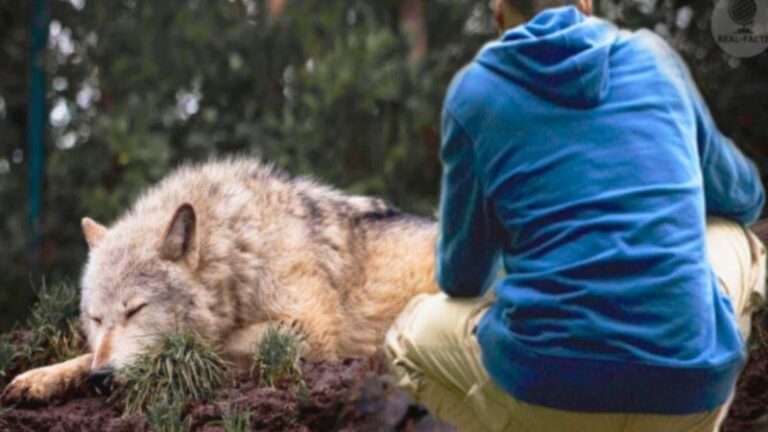Sighting of new gray wolf family raises hopes of resurgence in Oregon
The sighting of a new family of gray wolves in Oregon’s Cascade mountains has given wildlife advocates hope that the recovery of the endangered species in the state is gathering pace.
The state’s fish and wildlife department (ODFW) said a group of two adults and two pups was captured by a trail camera in August.
Officials have designated the Warm Springs reservation where they were spotted a new area of known wolf activity (AKWA), and the animals will formally become known as the Warm Springs pack, the state’s third in the northern Cascades, if the group still has all four members surviving at the end of the year.
“Wolves will disperse to different places, but when we have resident wolves, like we know they’re sticking in that area, that’s when we create an AKWA,” the agency’s communications coordinator, Michelle Dennehy, told USA Today.
Decades of hunting of gray wolves almost wiped out the species across the 48 contiguous US states by the middle of the last century, and in Oregon at the end of 2009 only 14 individual wolves were known to exist.
With protections from the Endangered Species Act beginning in 1974, numbers have risen slowly since, to 175 individuals in Oregon by the end of last year, living in more than 35 packs, according to ODFW figures.
“The wolf count did not increase as much over the past year as in previous years, and a higher number of mortalities that included the loss of breeding adults certainly played a role,” an ODFW wolf biologist, Roblyn Brown, said in a statement.
Earlier this year, a judge restored federal protections from hunting for gray wolves that were scrapped in the waning days of Donald Trump’s presidency.
Wildlife activists successfully argued to district court judge Jeffrey White in Oakland, California, that US Fish and Wildlife had failed to show wolf populations could be sustained in the midwest and portions of the west without protection under the Endangered Species Act.
“Illegal wolf killing is rampant in Oregon, so these animals need every possible safeguard,” Amaroq Weiss, senior wolf advocate at the Center for Biological Diversity, said in a statement.
“I hope this will be an exciting new chapter in the story of wolf recovery in the state, which is seeing wolves dispersing into territory where they haven’t lived for decades. Having more wolves establish home territories and families in western Oregon will be crucial for the long-term survival of these beautiful animals.”
A remnant population in the western Great Lakes region has expanded to about 4,400 wolves in Michigan, Minnesota and Wisconsin, according to the Associated Press, and more than 2,000 wolves occupy six states in the northern Rockies and Pacific north-west.






